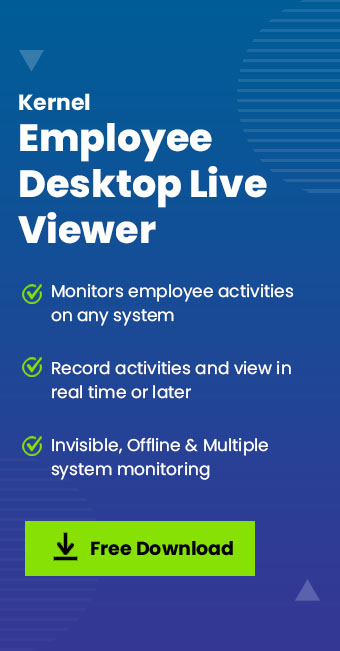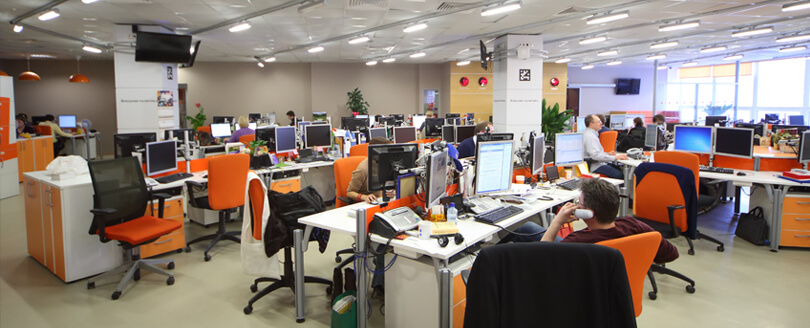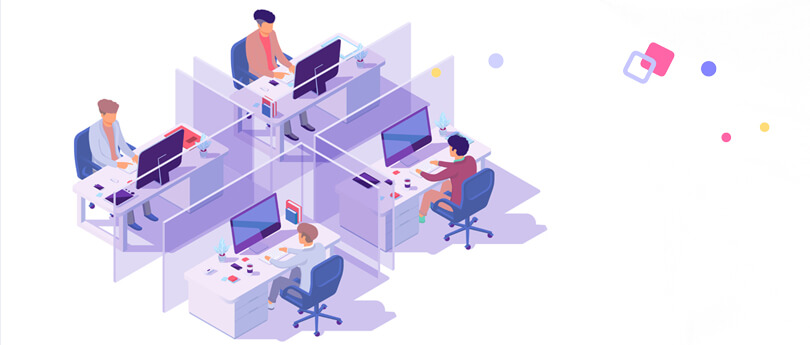Read time 5 minutes
Security of vital business information is a foremost need for every organization. This information may be stored on multiple computers, databases or external drives. The employees access this data at various levels, modify it, and continuously share it among themselves or with customers or clients. But there is a great number of threats which make this official data vulnerable to breaches and misuses.
Consequences of misuse of data
If any official data is exposed to the outside world, especially client’s data, then it will prove quite fatal to your business. It will destroy your reputation and will affect the revenues. So, saving data at appropriate place and securing it with appropriate method should be a priority. The threat to data security can be from within the organization or from outside.
External threats to data security
Different external agencies may try to capture your critical data using dubious methods. Some of these threats are:
- Ransomware – A ransomware is a malware that locks the computer, and openly calls for a ransom amount. In recent time, these attacks have been increased and many banks, and financial institutions also have become target of such attacks.
- Spyware – Spyware is a type of malware which is sent to your computer to collect information. It sends your data to external sources without your consent. Spyware attacks can be in various forms like Trojan, adware, monitoring cookies, and software which you downloaded from unverified sources.
- Hacking – Hacking has become the most notorious method to access crucial data. At first, the hacker tries to find a weakness in your internet security and enters your computer or network secretly. After entering, he can access the crucial data, and send it to others.
- Phishing – Phishing is quite dangerous activity as it involves impersonating as a legitimate person or website to steal business information. It steals data through fraud emails, chats, messages, etc. It is very hard to find out the difference between a phishing website and a genuine website.
Internal threats to data
There are multiple threats which are from within the organization. Here are some probable scenarios where the data may be leaked to external world –
- Unnecessary access rights – The access rights to data are given to employees working at different levels in the organization. But if an employee accesses such data which was not needed for him to perform his task, then it is an unwanted situation. This can affect the security of the data.
- Lack of encryption – Encryption is a quite important in organizations as it keeps the crucial messages and information safe from unauthorized accesses, modifications, or deletions during their transfer. If the information is not encrypted correctly, then it will be quite easy for a person to access its content.
- Replying to unverified emails – Many external parties try to gain entry into the organization’s network using stealthy methods. They send an email which looks completely genuine. But when opened, it will put spyware or malware on the system. An employee should not open such e-mails from unverified sources.
- Lack of monitoring – Monitoring data is quite important for the security of business data. Most of the organizations install the anti-malware and firewalls. But they do not bother to monitor the employee system closely.
How to Prevent misuse of data?
Till now you have read the different external and internal threats which can expose your critical data. But here are some techniques which you can use at different levels, to save your data from misuse –
- Control access to sensitive data – User permissions are created for each employee with appropriate controls. While necessary permissions can help him access the required data, it should not give him access to unnecessary information. An organization should constantly review the user permissions at regular intervals and check how employee are accessing, modifying, or sharing the data.
- Monitor data flow – Always check how your employee is handling the data and understand whether they are accessing with right intentions or with wrong intentions. Generally, log files keep all the information about the changes in data, but analyzing and understanding them is difficult generally.
- Business continuity measures – Mainly, small and medium-sized organizations have a central repository to store all data and do not have very much security filters or features applied to save the data. Such organizations should try to store data in different repositories or to backup them properly. It will help them to deal with data inaccessibility issues or deletions and have business continuity in case of disasters.
- Use firewalls – Security firewalls stop external threats and enhance the network security. It monitors the incoming/outgoing traffic in the network and is quite capable of handling many external attacks which comes from dubious sources.
Conclusion
While antivirus software and firewalls can minimize the external threats, there is no definite mechanism to save data from internal threats. Your employee may be knowingly or unknowingly accessing malicious websites, sending or receiving e-mails to unverified sources, or just neglecting the security features.
So, to monitor your employee’s desktop activities, you should use employee monitoring software which records the activities of employee desktops and presents you a live preview. You can choose to record all the activities and watch the records later. Computer Monitoring software gives you complete control for you as you can monitor what your employees are doing with their assigned resources.








